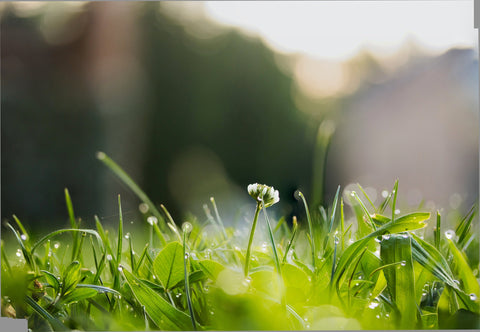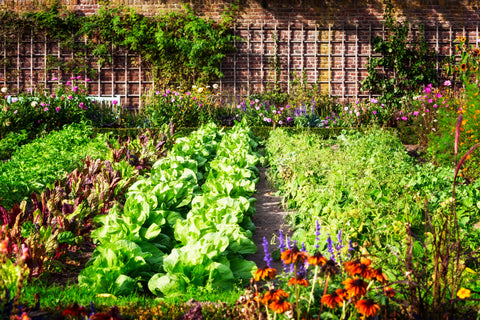Did you know that plants secrete sugars into the soil as they grow?
These sugars, amino and organic acids, and other beneficial compounds feed the soil microbiome, which then further break down organic materials into plant-available nutrients for growth.Different species of plants will exude different types of compounds into the soil that attract and feed specific microbial partners, so as you increase the plant diversity the microbial community also becomes more diverse.
This is a very good thing for soil health, just as eating a variety of fruits and vegetables improves your gut health. A variety of healthy inputs is key here.



